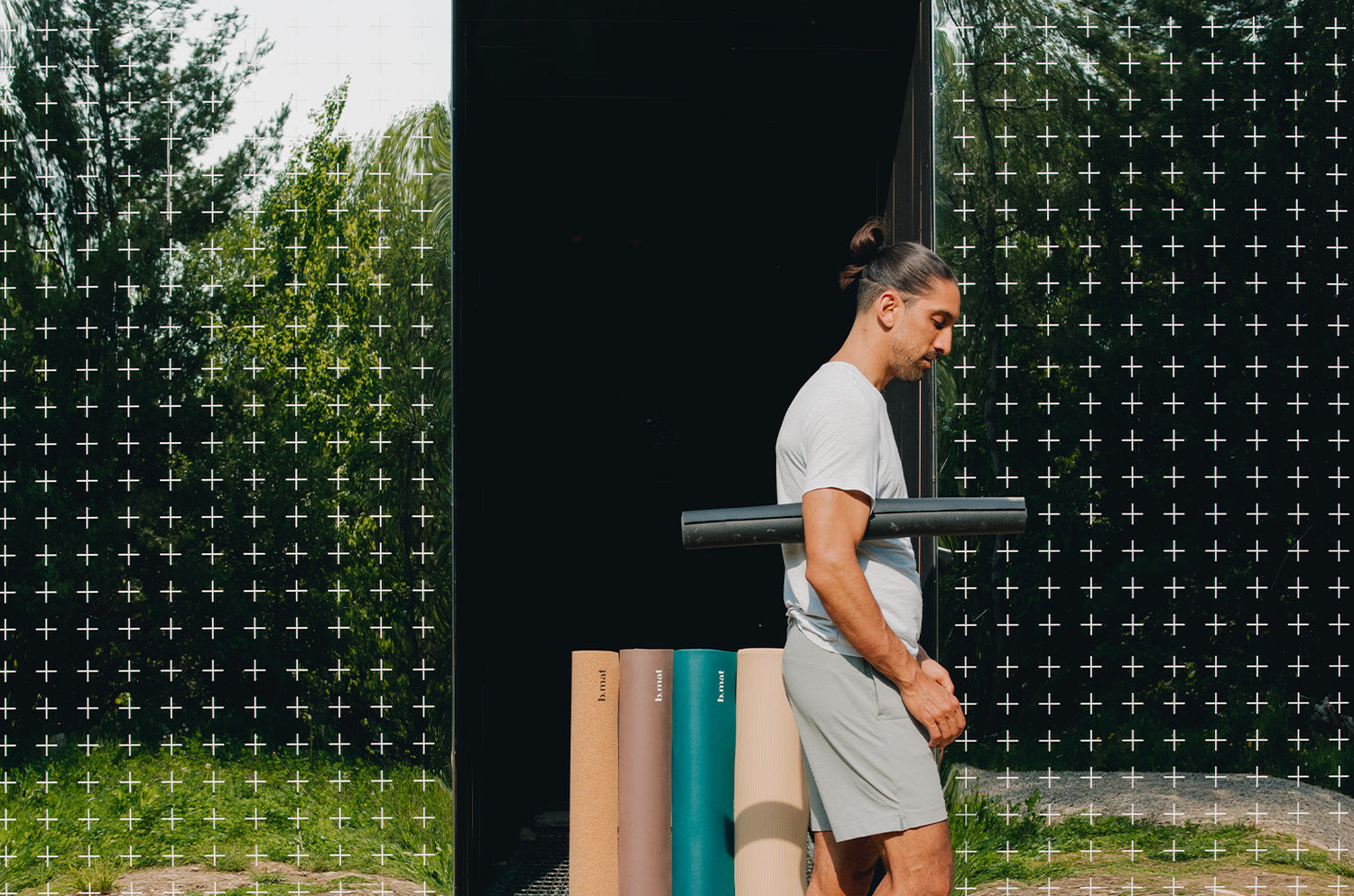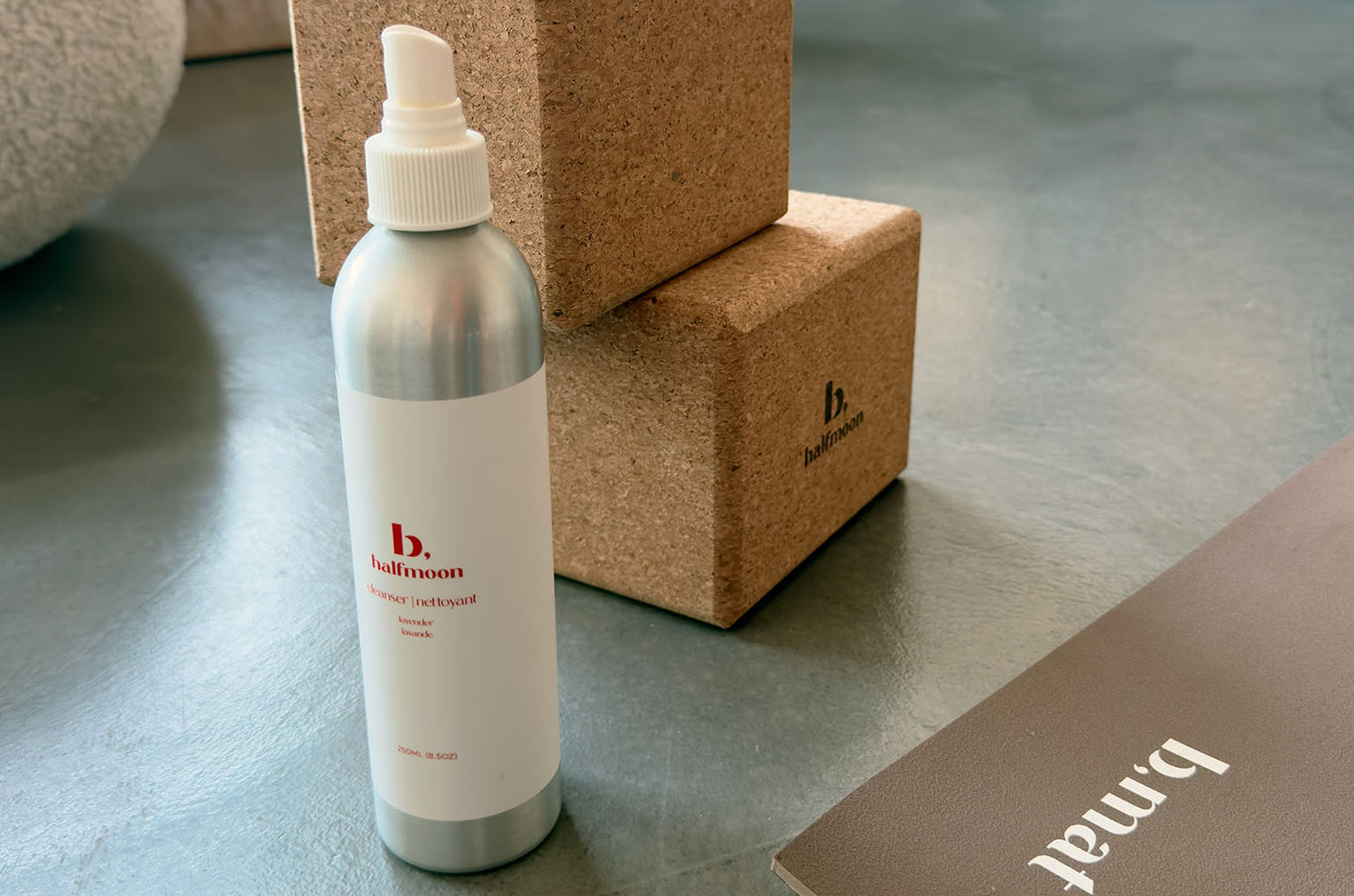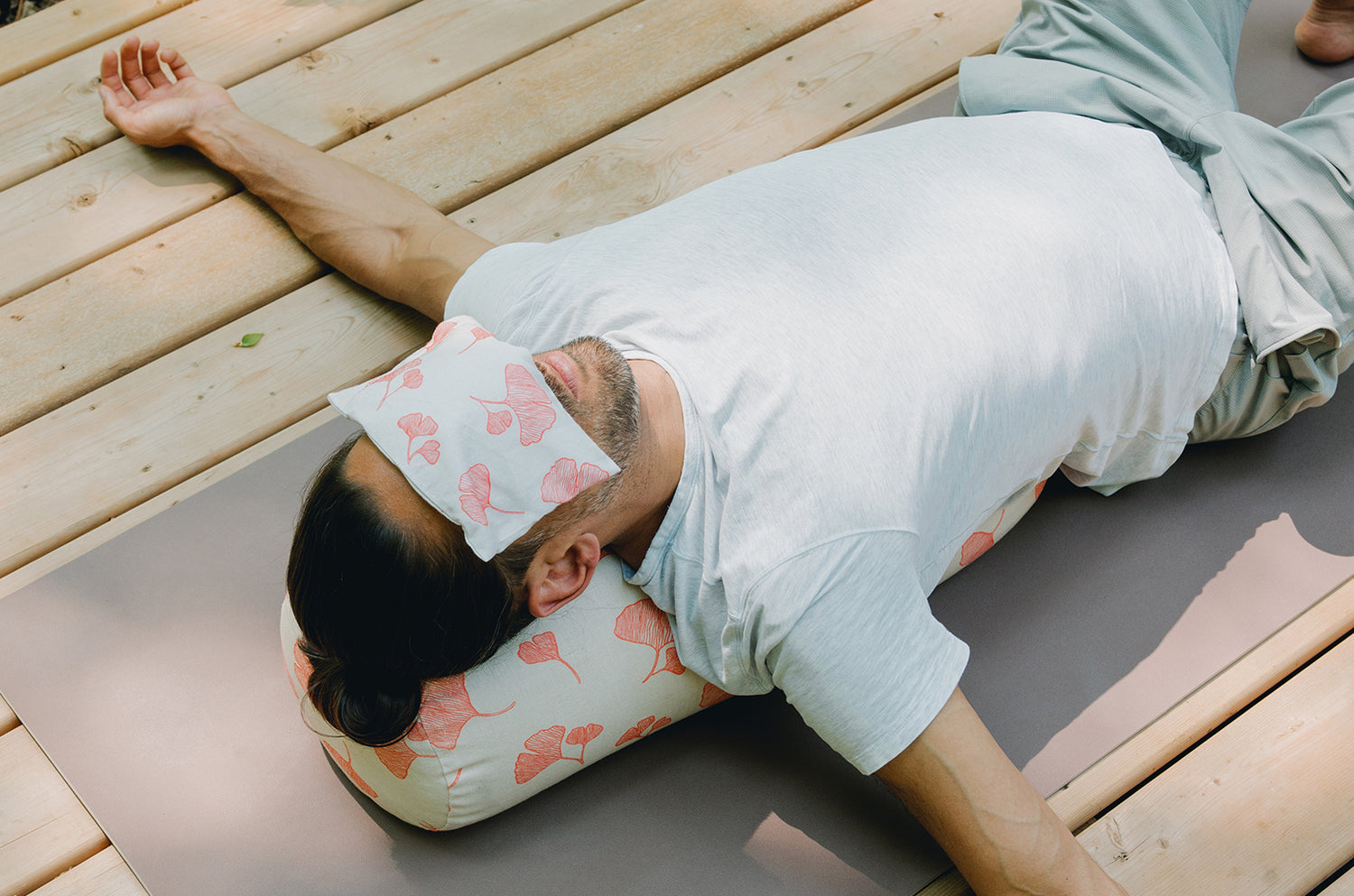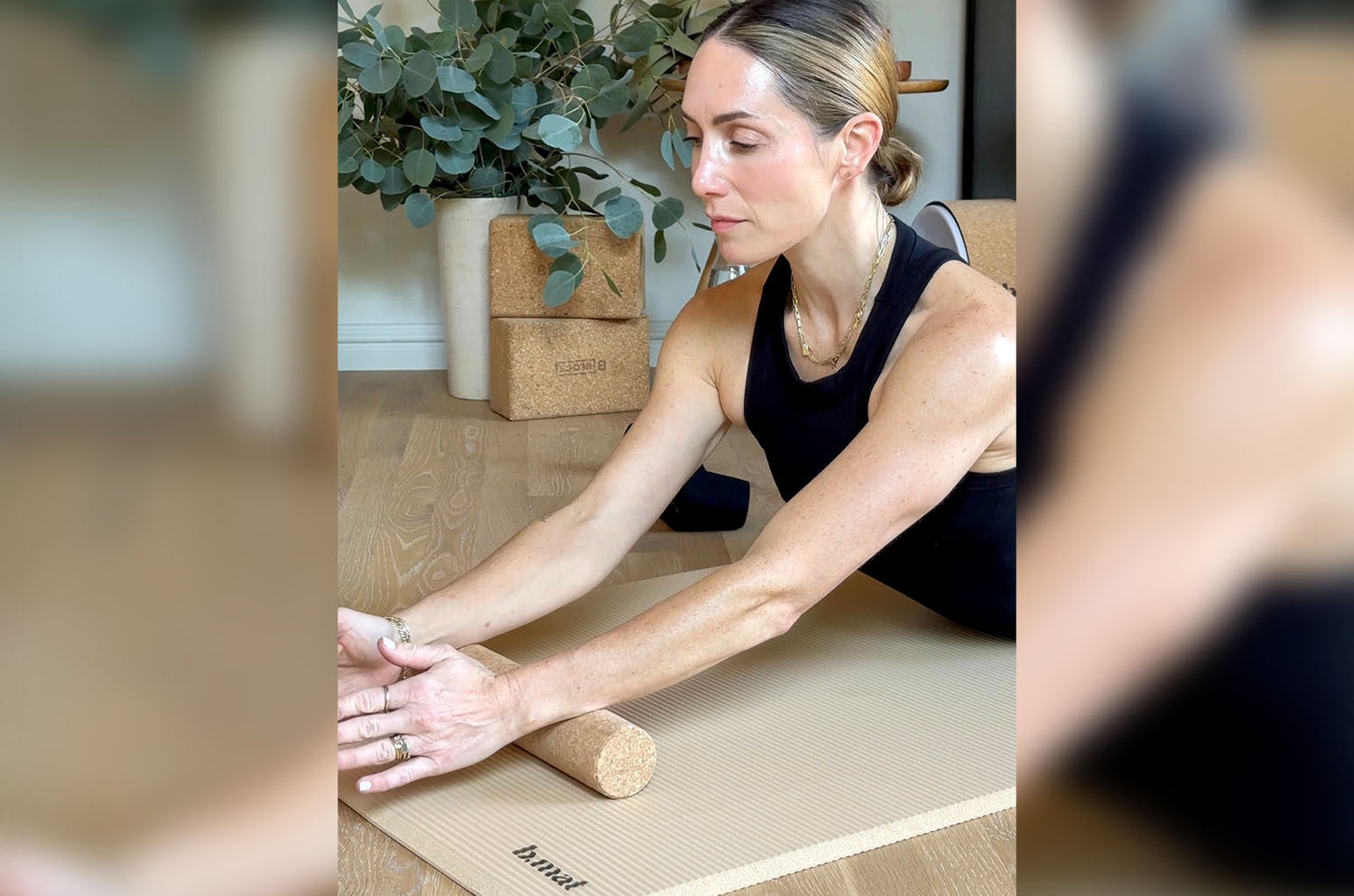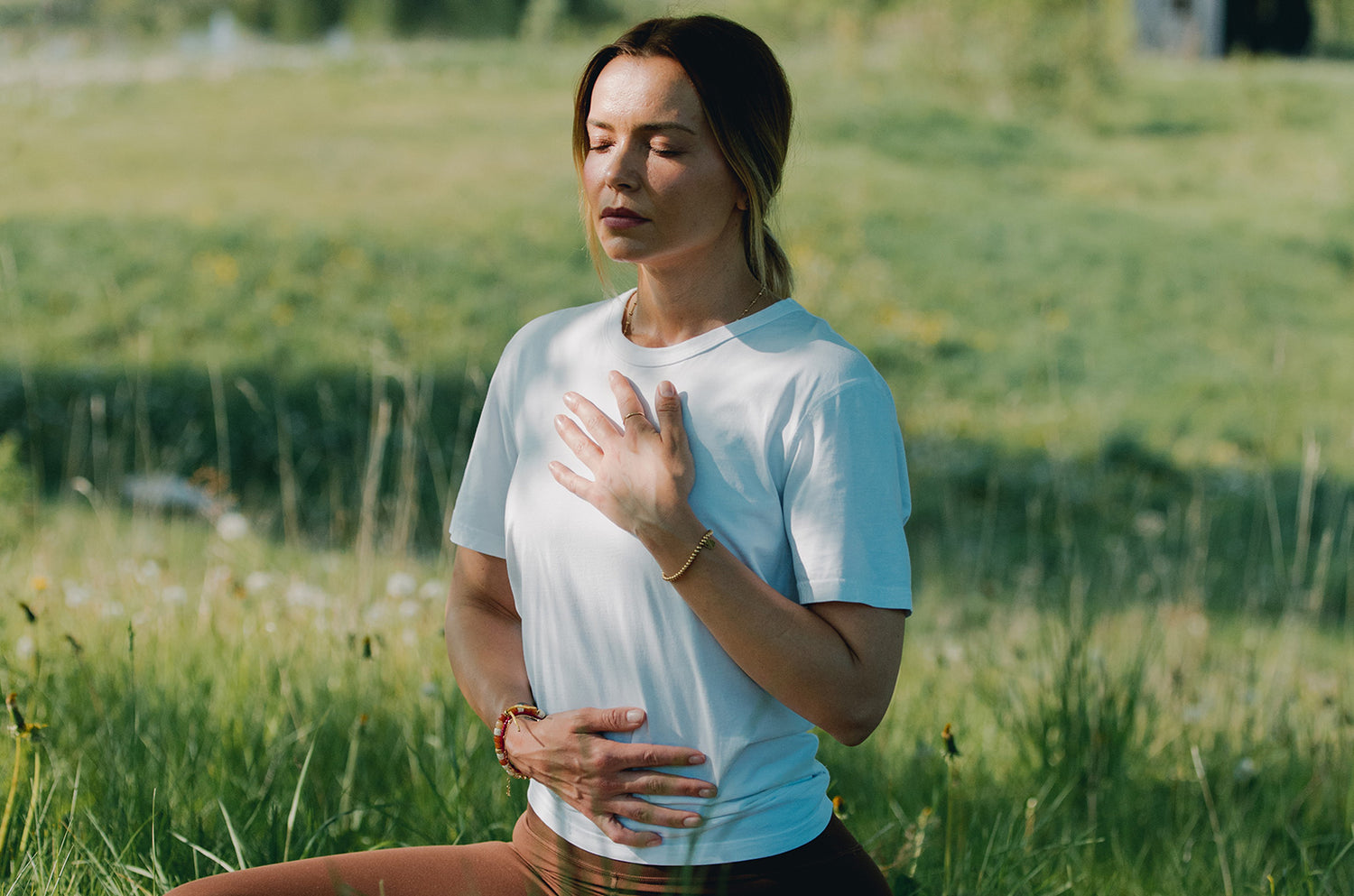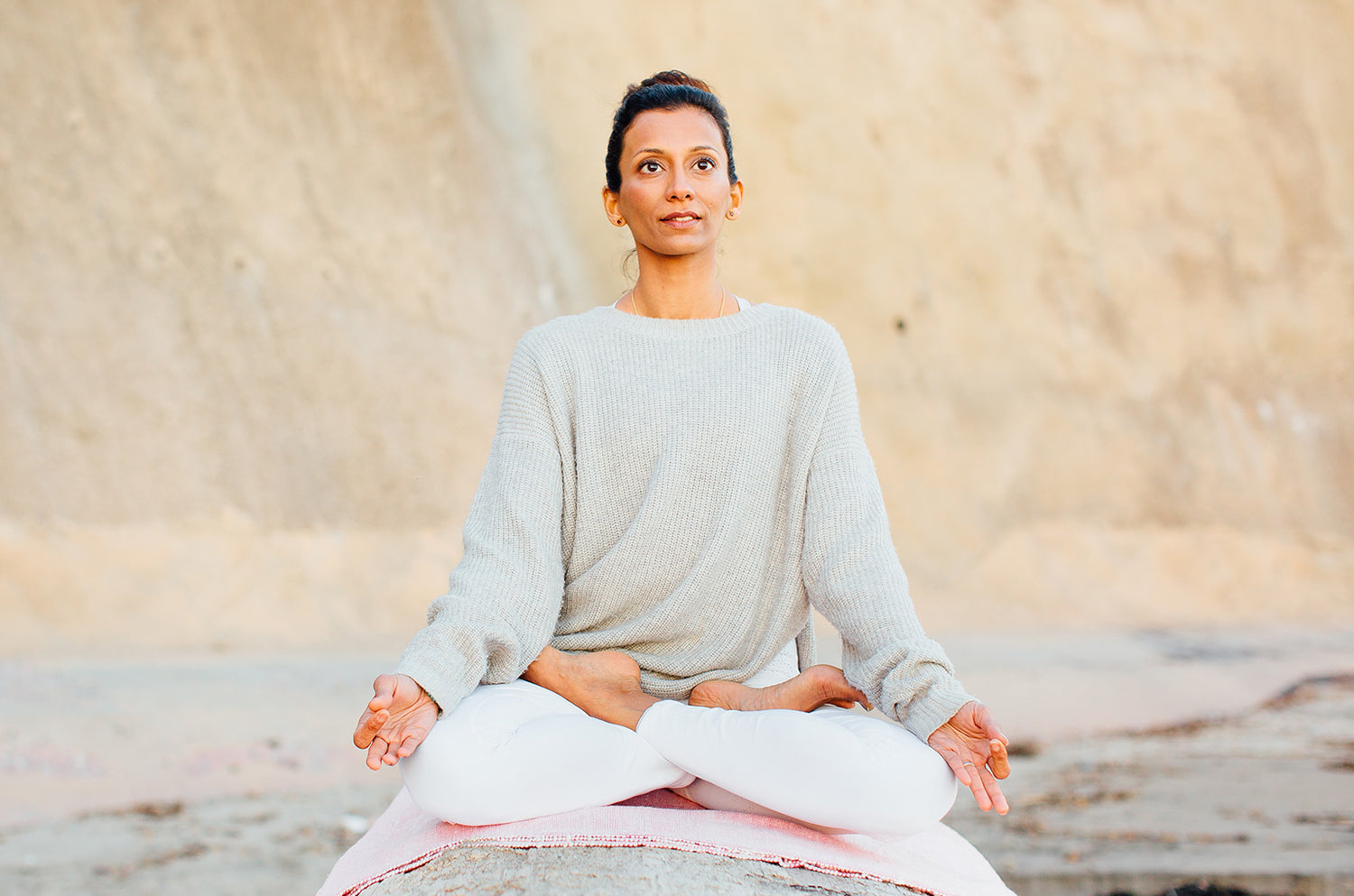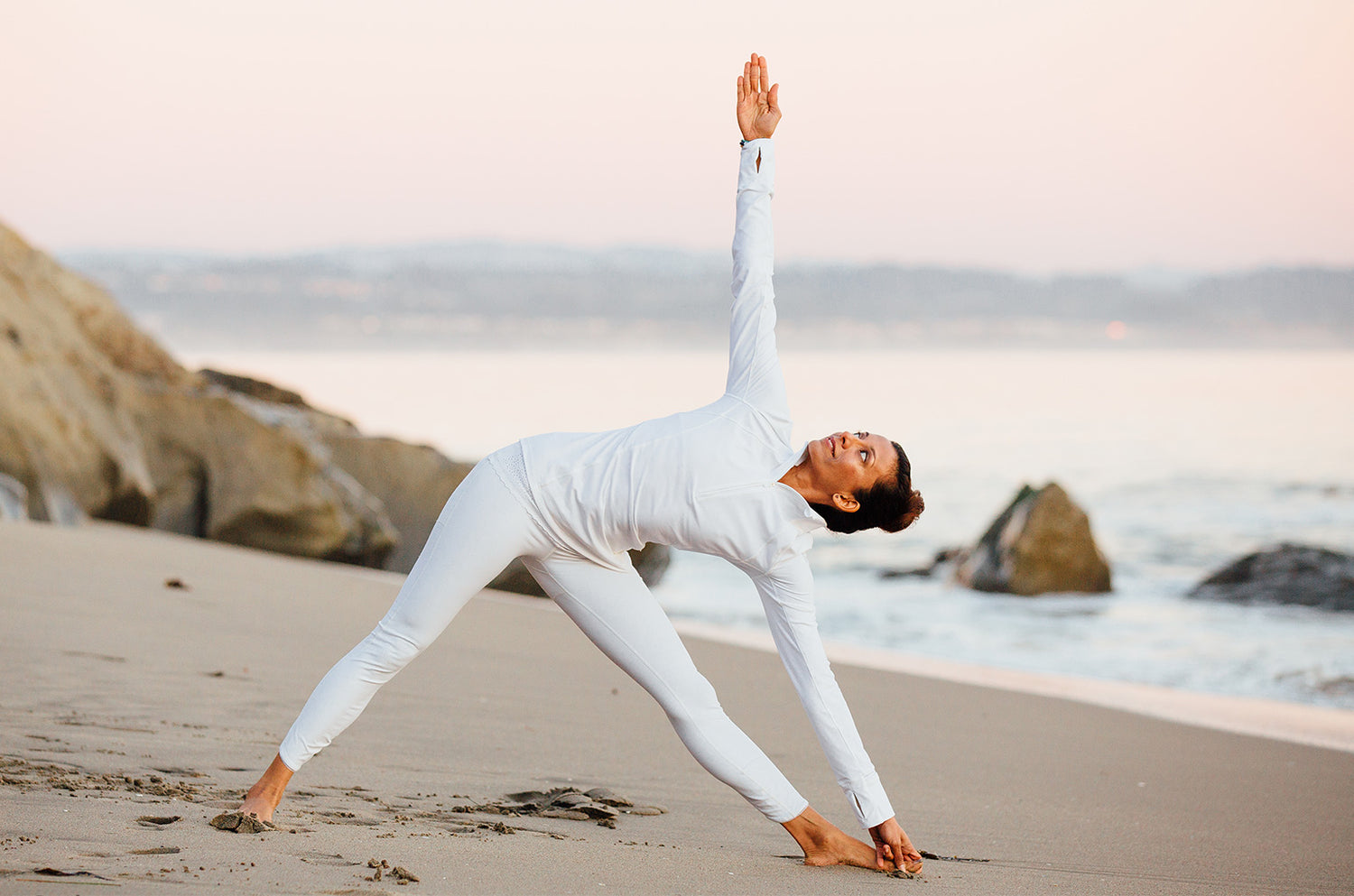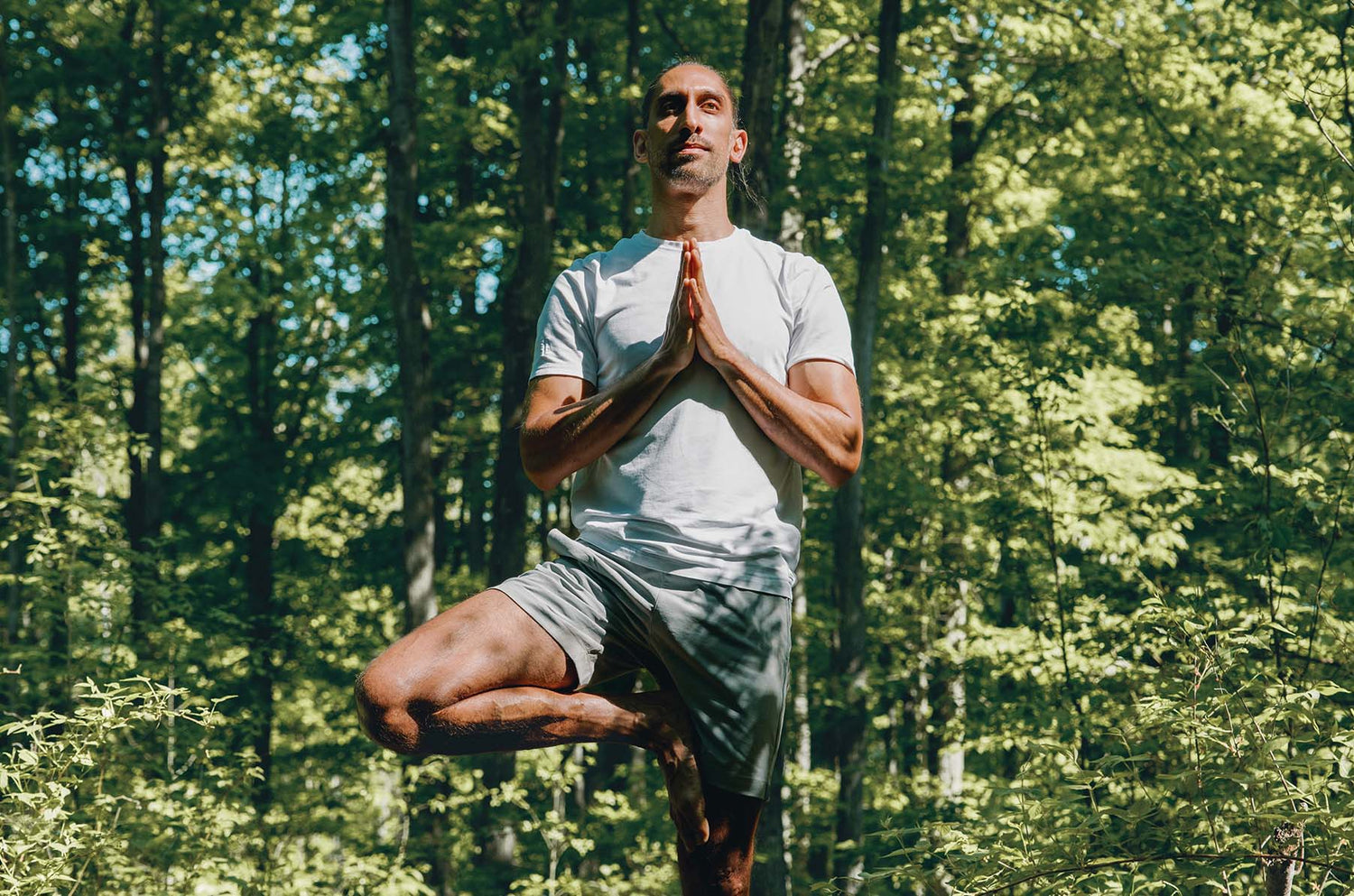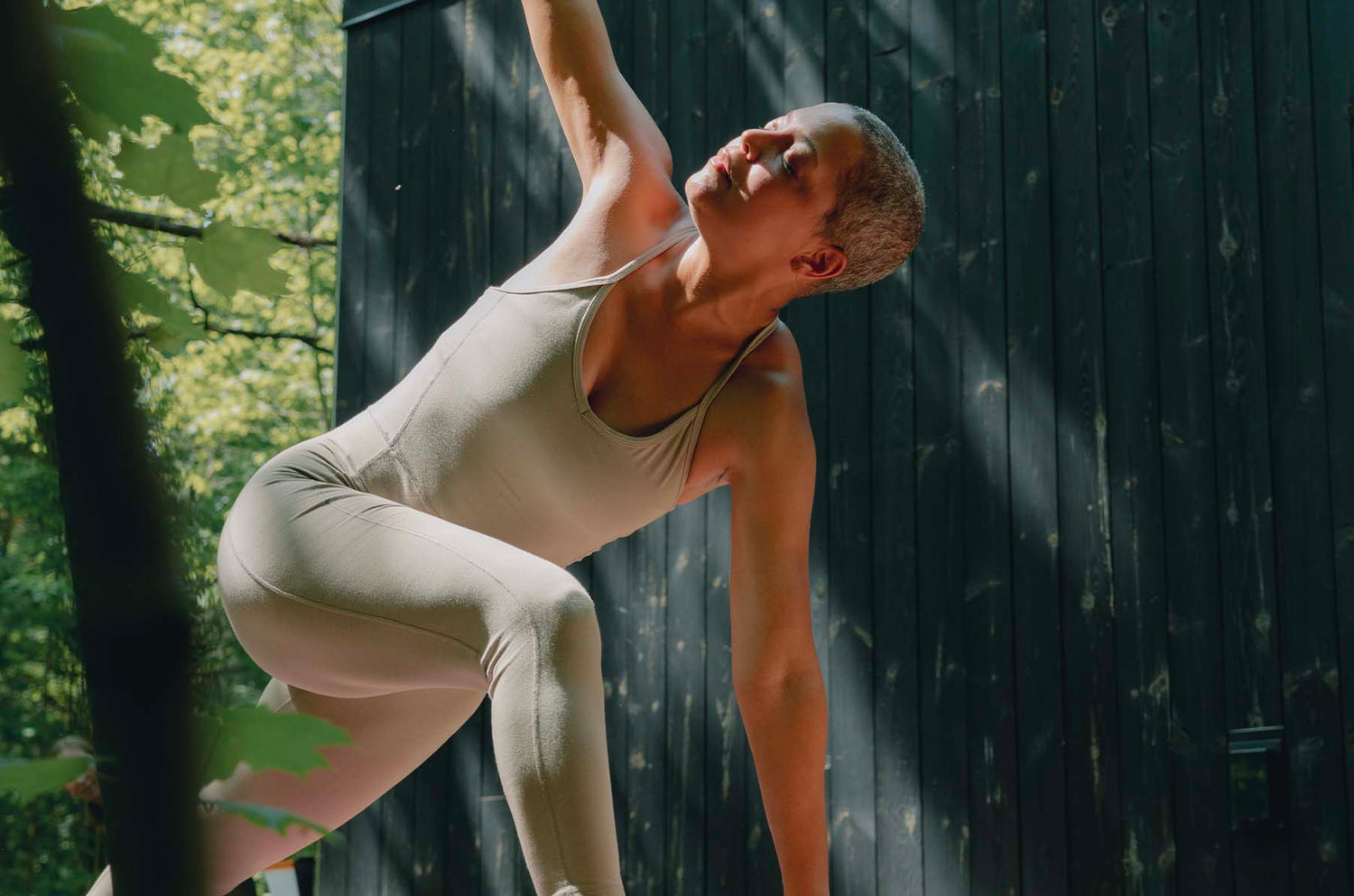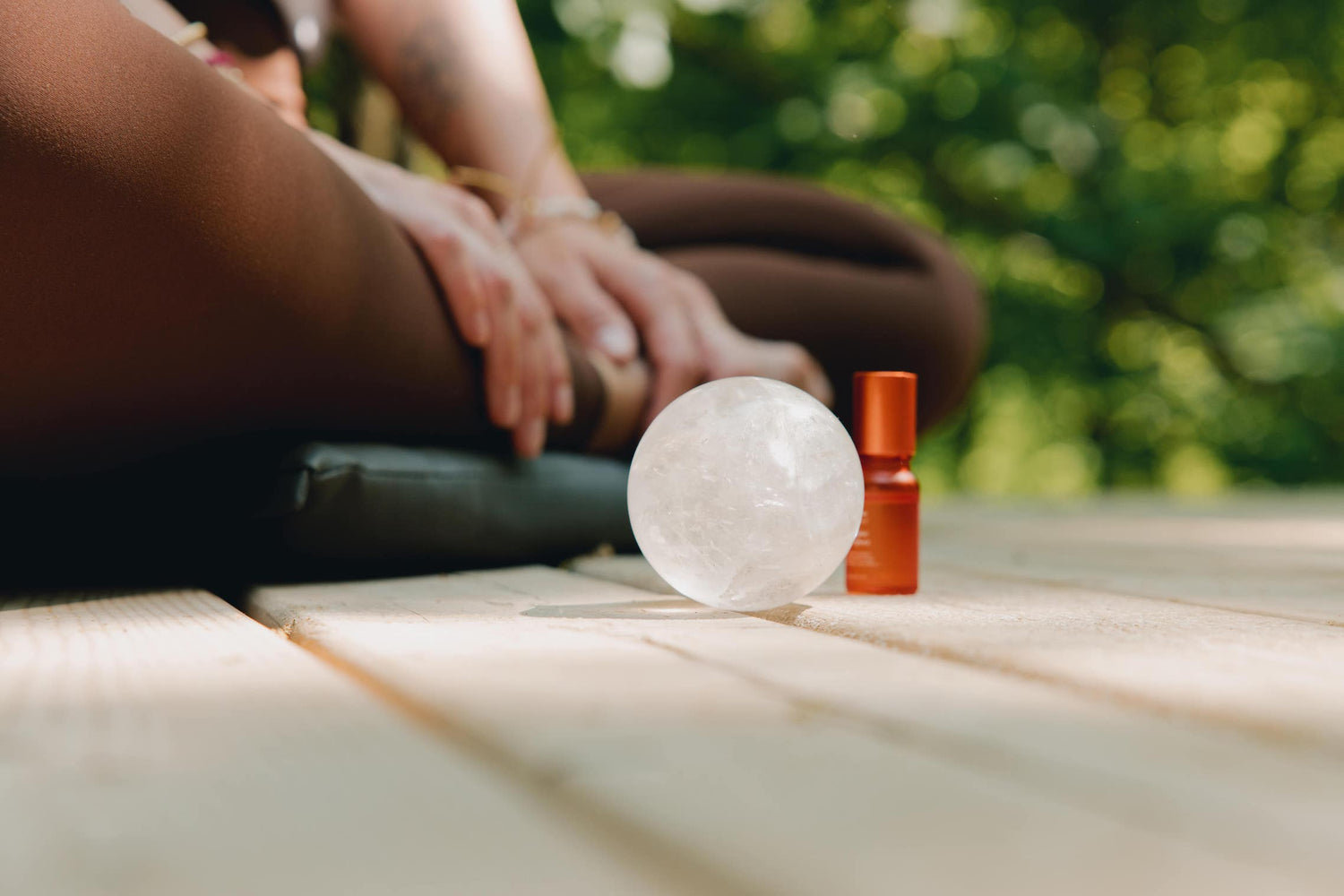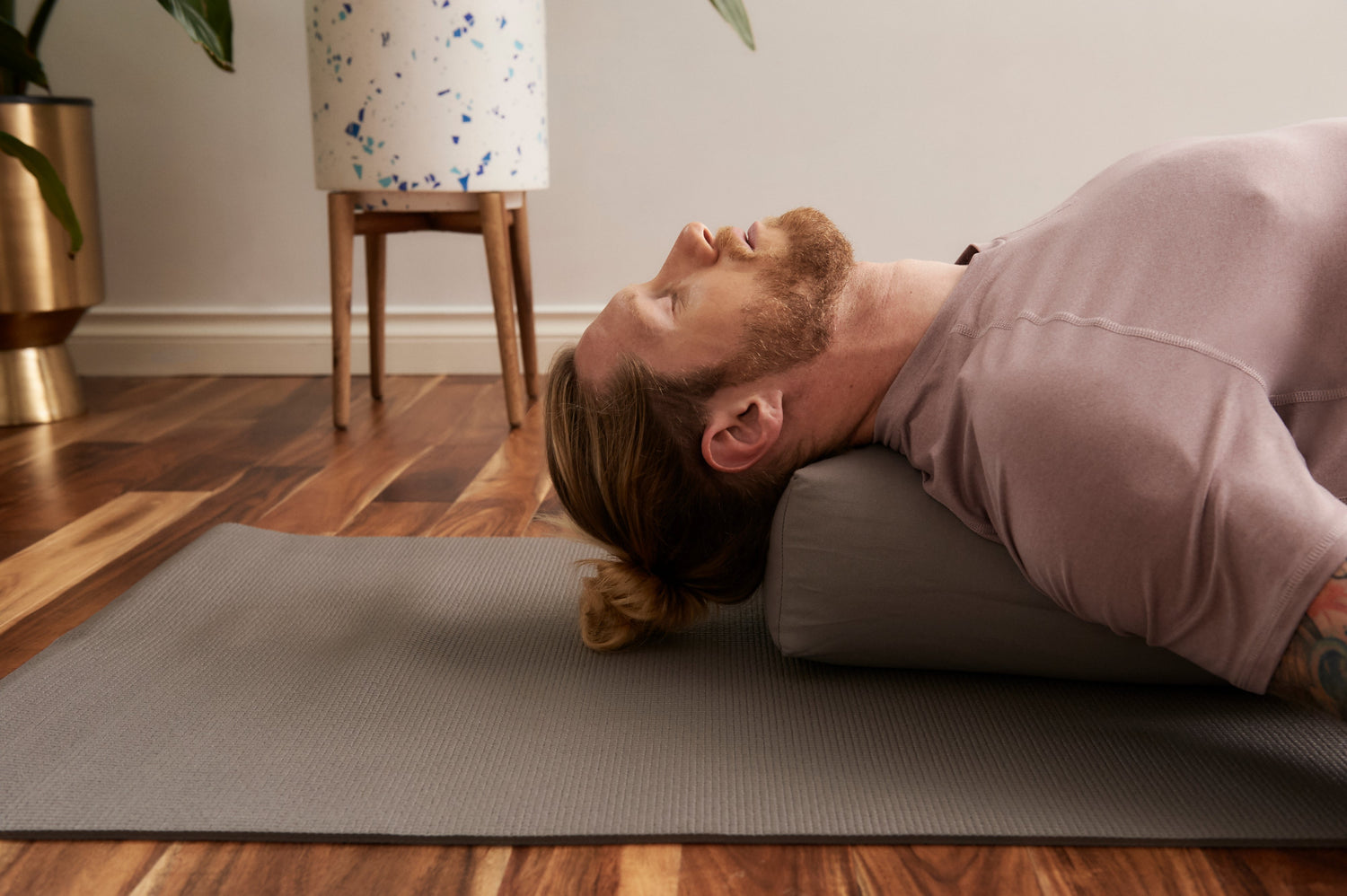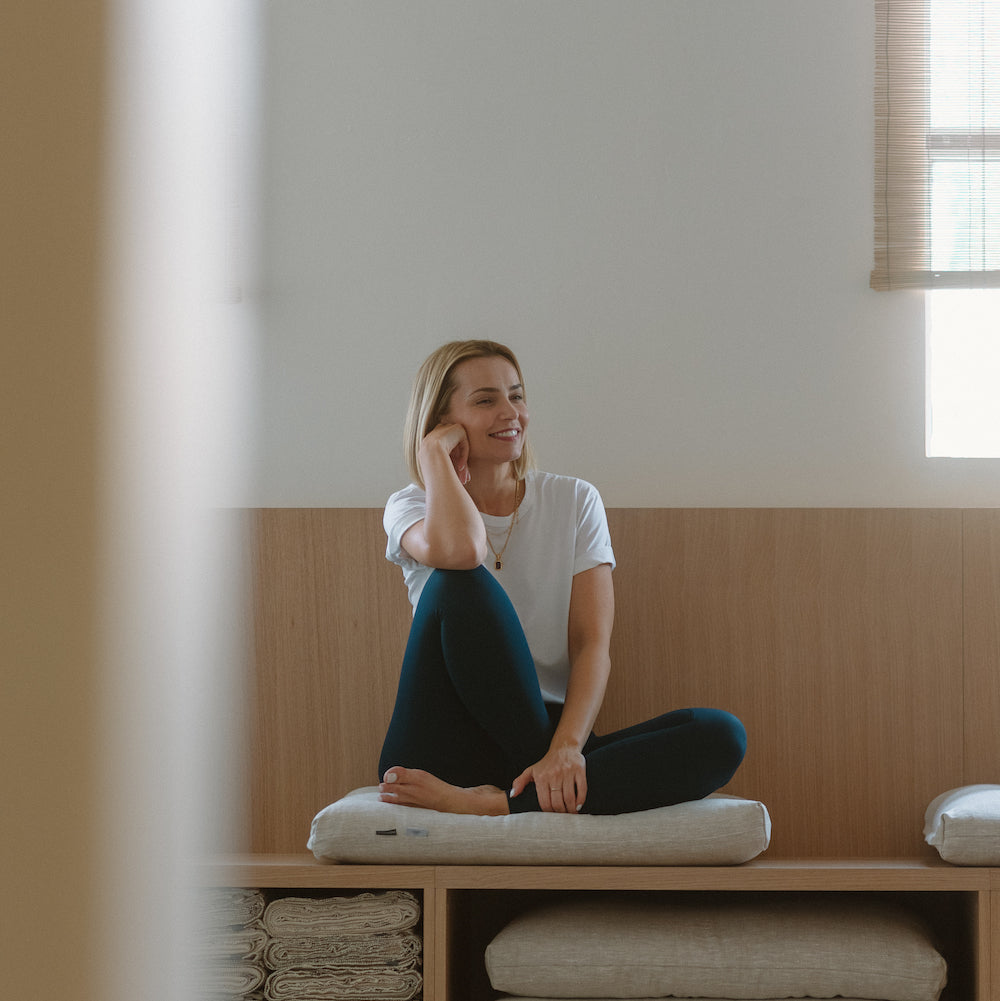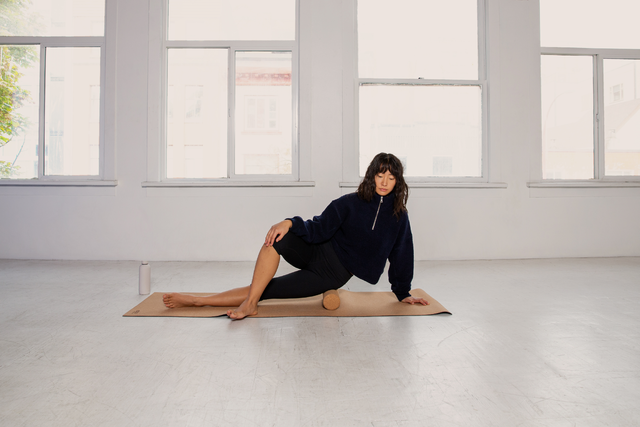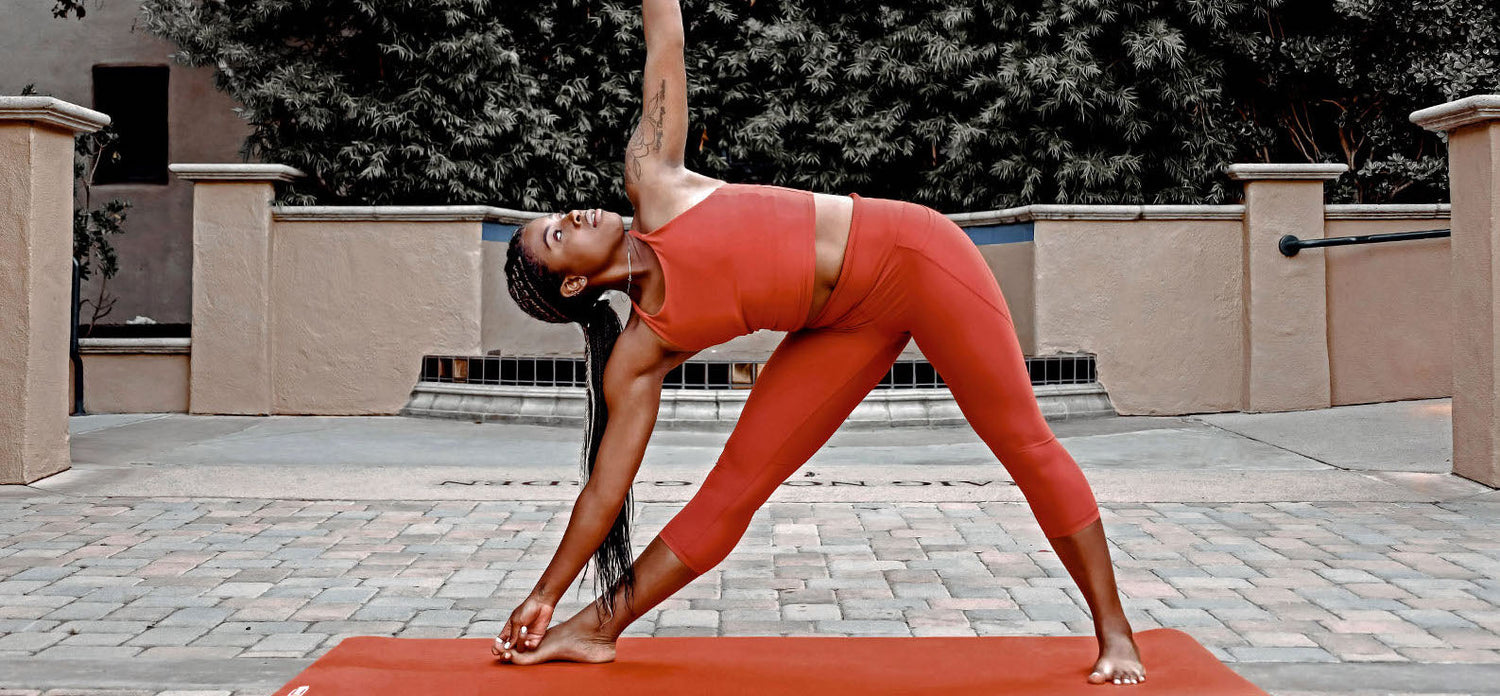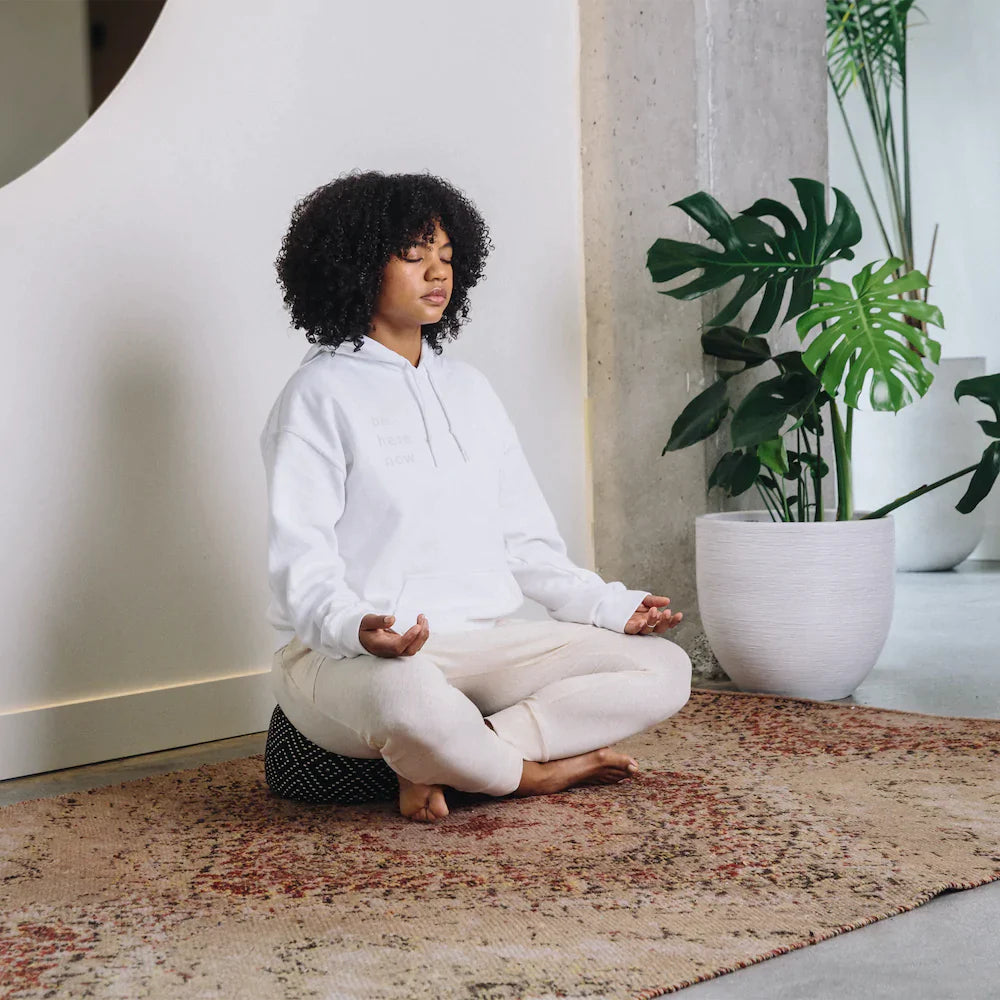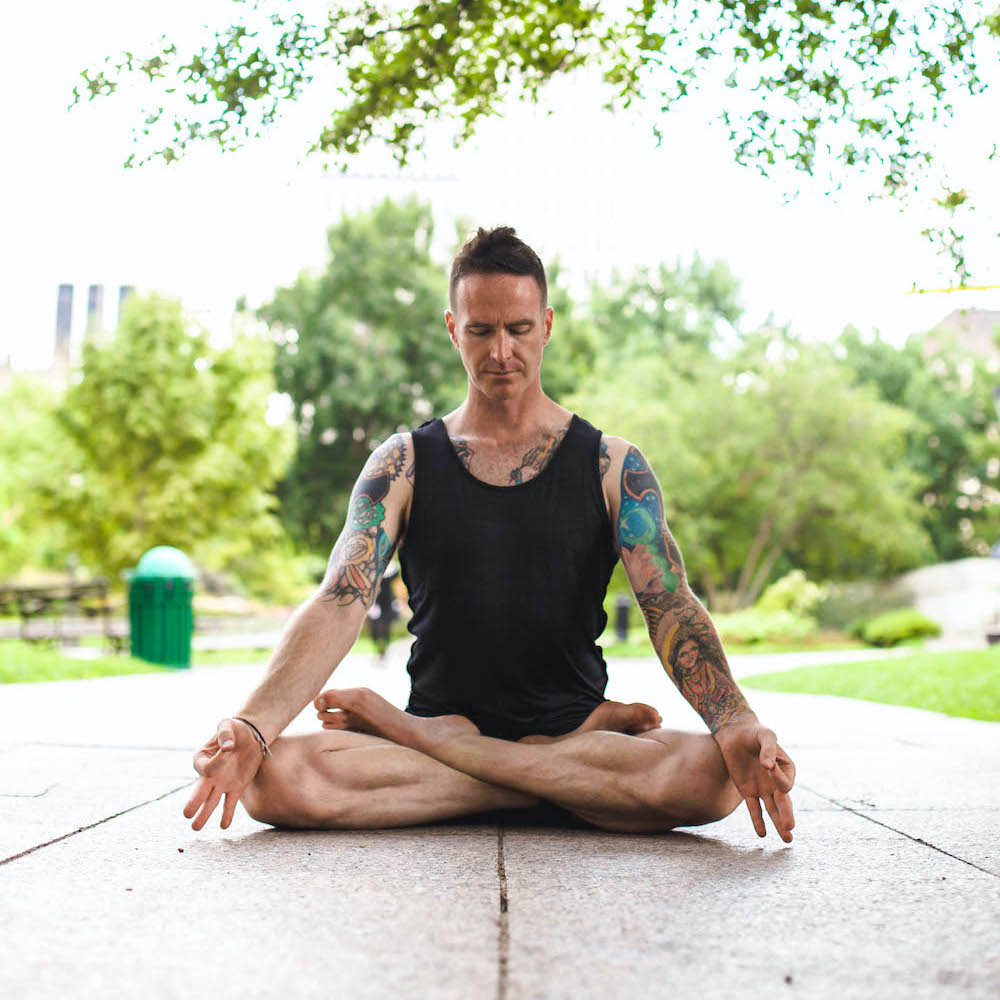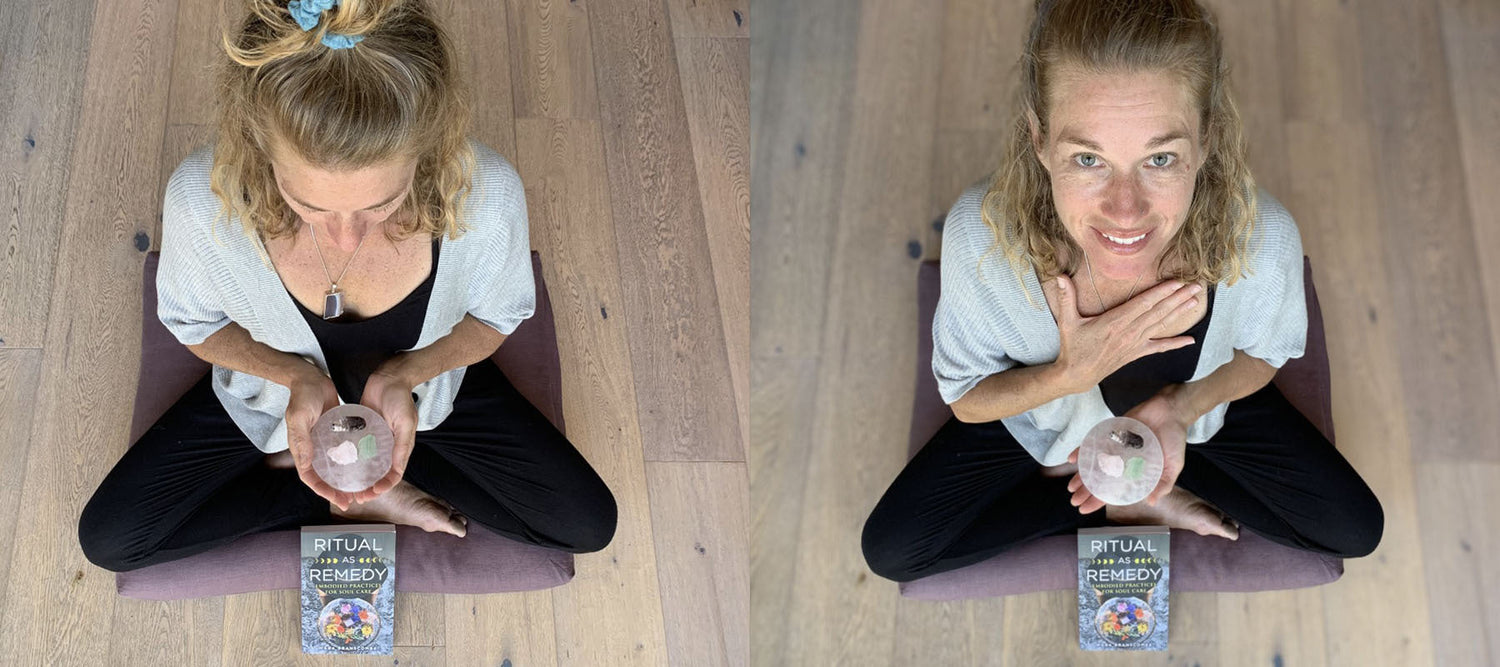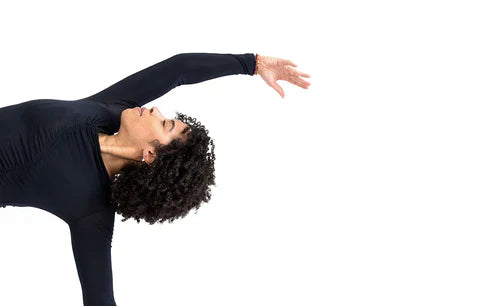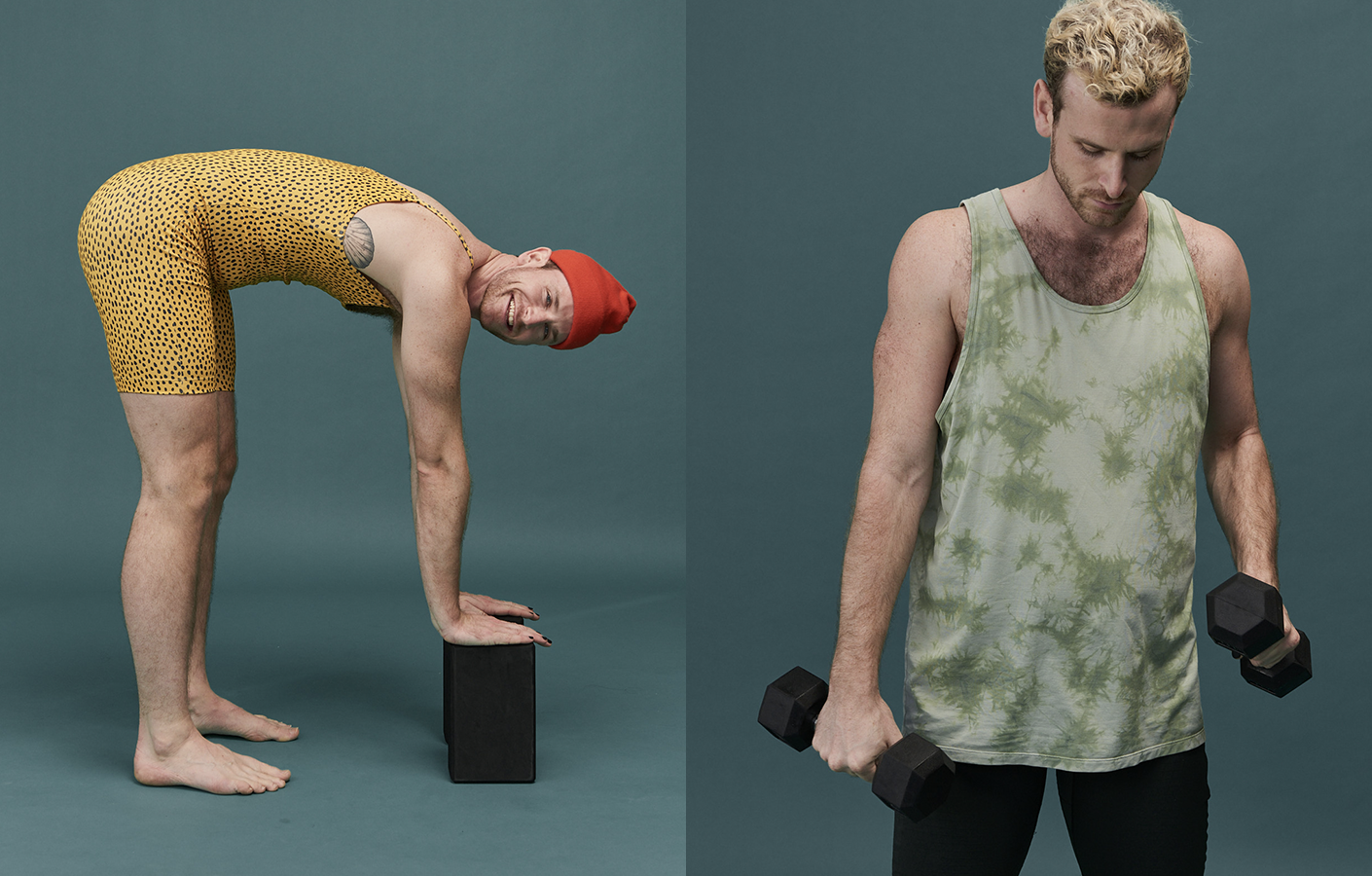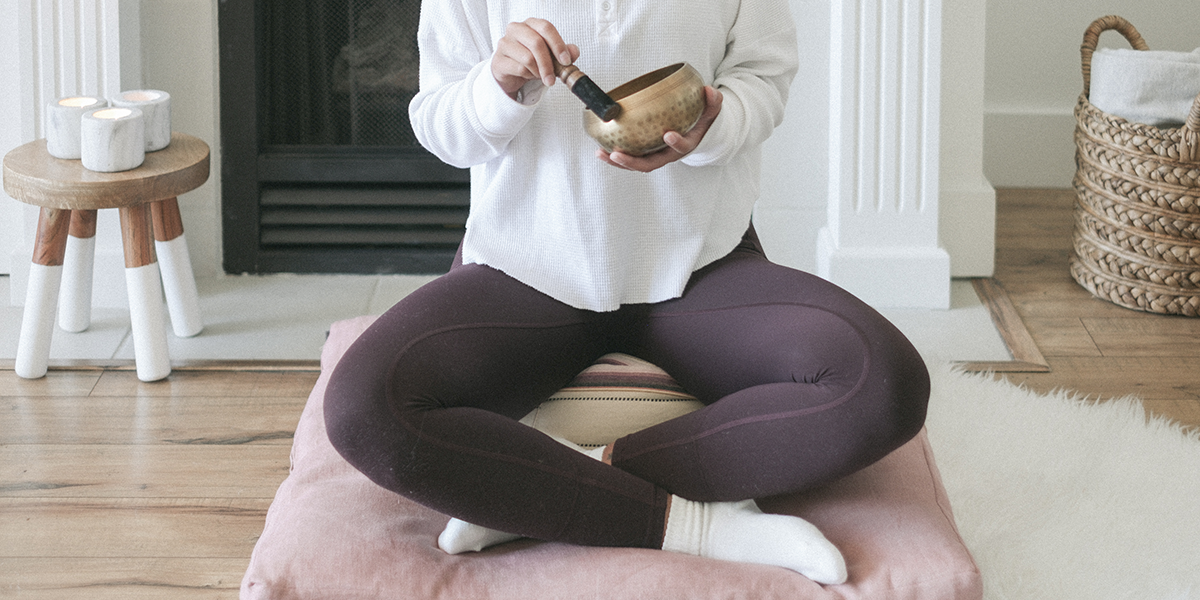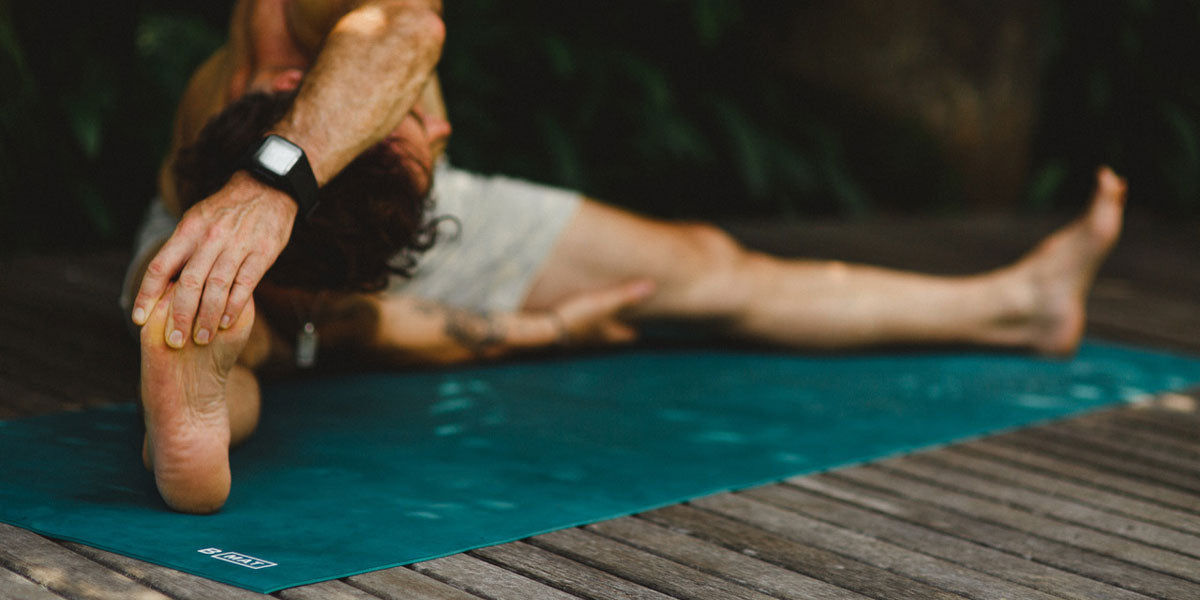It’s very common for meditators to sit in ways that are unhealthy for their backs.
Sitting in meditation can be very challenging for this part of your body.
I commonly see meditators slumping forward, their shoulders rolling forward, their chest (and lungs) collapsing, and the back of their necks craning out. No one taught them how to sit.
They’re almost always sitting on too little height, with no integrity in their back. The result is bad posture, decreased flexibility and less alertness during meditation (making it more likely you’ll fall asleep).
This doesn’t have to be you!
When you get the base right, the back has solid support, encouraging it to rise up.
The core muscles are critical for maintaining an upright posture. If you’re having trouble sitting upright without back support, core building exercises, particularly those strengthening your lower back, will do wonders for you.
You’ll be able to sit longer, with more openness in the shoulders and chest, and less strain in your back and neck. This upright posture not only puts less stress on the body, it also makes your breathing easier, giving you an unobstructed passageway from your lungs to your mouth and nose.
If you can’t sit with an open chest and a long, straight back, you can experiment with adding or subtracting a bit of height under your pelvis. Sometimes it’s just a matter of finding the sweet spot.
If you’ve experimented with height under your pelvis and you still find it difficult to keep an upright spine, you can try giving your pelvis a forward tilt using a blanket folded with a little extra height under your sacrum.
Alternatively, try sitting two or three inches away from the wall, with a chip foam block, narrow side down against your sitting setup.
Have your back connect firmly into the block. This will give you some added stability in the pelvis which in itself may be enough for you to sit with your upper body away from the wall.
Or you can simply lean your back against the block, which will support the natural “S” curve in your spine, allowing you to open your chest and roll your shoulders back without your back having to do all the work.
You can practice gradually lengthening the amount of time you sit with your back away from the wall. You may find after a time, especially if you’re strengthening your core, you may find that you don’t need the chip foam block and you’re able to sit up with a wide, open chest and shoulders and an upright back entirely on your own.
In the next post, I’ll give you another way you can sit in meditation that will give you a more upright spine immediately. You’ll be able to use this technique on its own or alternating with the traditional cross-legged sitting posture, as you wish.
Stay tuned!
Che Nolan is a propologist with a major in bolsterology and an Iyengar yoga practitioner with a daily meditation practice. He is also a writer and a regular b, halfmoon contributor.



